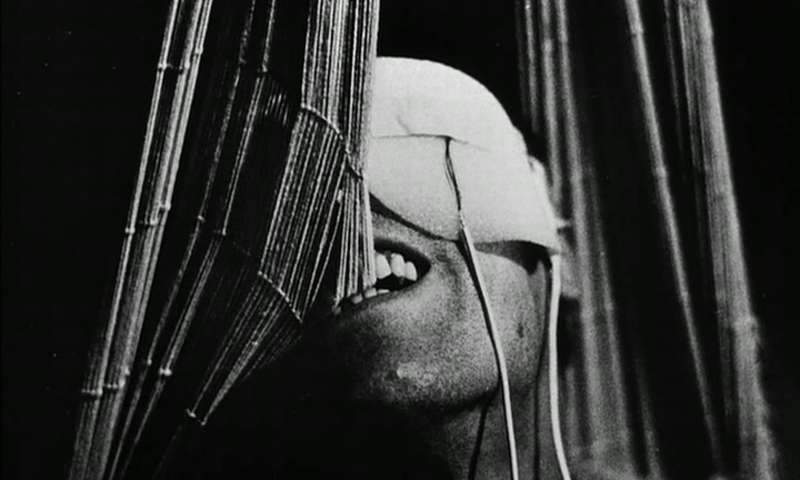La Jetee 1962 Free Download

'We do not move in one direction, rather do we wander back and forth, turning now this way and now that. We go back on our own tracks.' That thought of Montaigne's reminds me about something I thought of in connection with flying saucers, humanoids, and the remains of unbelievably advanced technology found in some ancient ruins. They write about aliens, but I think that in these phenomena we are in fact confronting ourselves; that is our future, our descendants who are actually traveling in time.' Andrei Tarkovsky.
Book Description:Untimely Affects offers an ethical and aesthetic interweaving of philosophy and film analysis to discern how thought persists productively after the horrors of World War II.In this first extensive analysis of Chris Marker and Alain Resnais' works together, Boljkovac draws on concepts and images that interrogate wounds and layers of a recent past in relation to 'a time yet to come'. Mindful of the seen and unseen 'that quicken the heart' (Marker), this book discerns life-affirming possibilities through its weave of cine-philosophy. As such, Untimely Affects speaks to productive limits and potentials of cinema, thought, self and life through creative untimeliness and the idea of the 'ever new'.Key Features.

A new perspective on the relationships between poststructuralist philosophy, ethics and modern cinema. Reads and analyses the medium of cinema through concepts of affect, sensation and actual & virtual violence. Adobe premiere pro cc 2018 crack reddit. To identify and defend the argument, strategies and contributions of this film-philosophy study, which emerge against the proliferating field of ‘Deleuze studies’ and the works of French film artists Chris Marker and Alain Resnais, it is crucial to first consider the actual events that gave rise to this book’s selection of films and writings. This book’s impetus derives from its cine-philosophical interrogations of war, suffering, affliction and, significantly, humanity’s complicity and shame in these means of its own ruin from which it must yet become and survive.
DOWNLOAD NOW » 'Chris Marker's La Jetee (1962) is considered one of the greatest experimental films of all time. This short film - a compelling science-fiction story composed almost entirely of black-and-white photographs - has been praised by cultural theorists, artists and film-goers alike.'
These actual experiences that History has identified, compartmentalised and assessed – the Holocaust, Hiroshima. As scarred by horrors that shame the notion of humanity, the twentieth century and first moments of the twenty-first encompass years and decades during which, as Giorgio Agamben argues, death becomes inaccessible and ‘men do not die, but are instead produced as corpses’ (Agamben 1999: 75). Art’s relation, and more specifically photographic and cinematographic relations to such violence, suffering and its survival remain enigmatic as proliferating debates persist pertaining to the possibilities and effects of art in the duration and aftermath of devastating events. Of the competing discourses, contemporary literary trauma theory has become a foremost perspective; such theorists address. Ashes, limbs, a haunting refrain. The pulsating woodwinds, strings and piano of the score commence.¹ As they persist, title credits for Resnais’ 1959 Hiroshima mon amour appear and fade; an image surfaces.
This visual image, a networked matrix of lines with offshoots branching in various directions, as might a stitched scar, evokes a rhizomatic surfacing upon an unknown surface, a mysterious formation perceived against a strangely agitating soundtrack. Image and score finally fade to a momentary black silence. Then, as writes Marguerite Duras, ‘we see mutilated bodies – the heads, the hips – moving – in the throes of love or death – and. A seemingly otherworldly, fleeting yet haunting series of visual, voice and sound assemblages amassed with the ‘relentlessness of a bounty hunter’ constitute the opening moments of Marker’s 1983 Sans Soleil during which the narration announces: ‘He wrote: I’ve been round the world several times and now only banality still interests me’ (SS). At once specific, explicit and cryptic, the film’s narration and images of time deftly manifest doublings and paradoxes of life, creation and experience: death and survival, memory and forgetting, horror and beauty, fragility and indestructibility, joy and loss, layers of life that simultaneously, collectively comprise, as Sans Soleil.